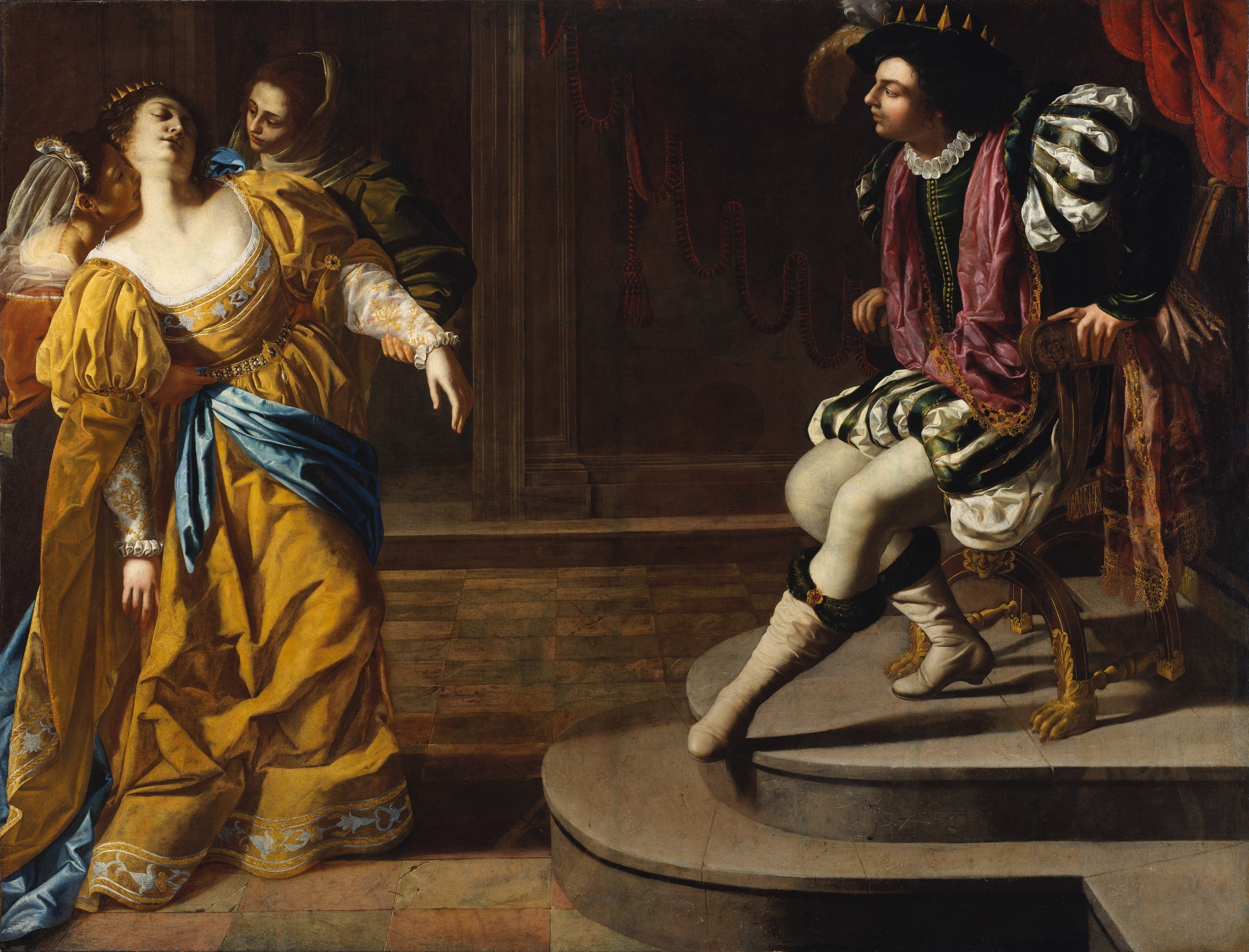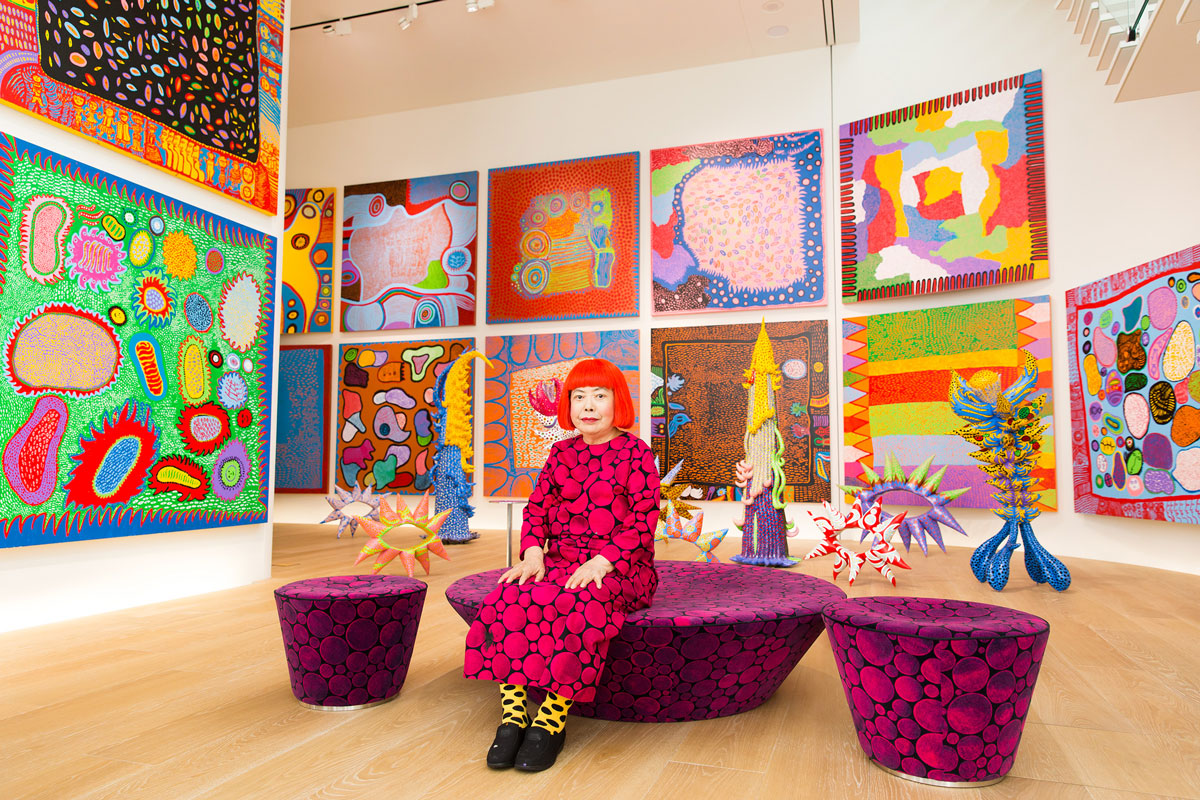Women in Art: Celebrating the Influence of Female Artists
For centuries, the art world has often been dominated by male voices—but women have always been creating, innovating, and shaping artistic expression, even if their names weren’t always recognized. Today, female artists are finally getting the visibility and credit they deserve. From Renaissance pioneers to contemporary trailblazers, the influence of women in art is both profound and transformative.

A Brief Look Back: Women Artists in History
Despite societal restrictions, many women throughout history broke through artistic barriers:
-
Artemisia Gentileschi (1593–c.1656): One of the first women to gain recognition in the male-dominated world of Baroque painting, known for her powerful portrayals of biblical and mythological women.
-
Mary Cassatt (1844–1926): An American painter and printmaker, she was a key figure in the Impressionist movement, capturing intimate domestic scenes and the bond between mother and child.
-
Frida Kahlo (1907–1954): A Mexican artist whose vivid, symbolic self-portraits explored identity, pain, and politics, and who became an icon of feminism and resilience.
Modern and Contemporary Female Artists Making an Impact
In the 20th and 21st centuries, women have increasingly claimed space in galleries, museums, and public art:
-
Yayoi Kusama: Known for her immersive, polka-dot-filled Infinity Rooms, Kusama explores mental health, repetition, and obsession through her work.
-
Kara Walker: Her provocative silhouettes confront themes of race, gender, and historical memory in America.
-
Cindy Sherman: Through photography, Sherman examines identity, media, and the performance of femininity by embodying countless personas.
Themes Commonly Explored by Women in Art
While every artist is unique, many female creators explore powerful, resonant themes such as:
-
Gender and identity
-
Body image and the female form
-
Motherhood and domesticity
-
Social justice and activism
-
Personal trauma and resilience
These themes bring depth, emotion, and a necessary perspective to the broader art narrative.
The Changing Landscape: Recognition and Representation
The art world is gradually shifting. More women are being featured in major exhibitions, leading galleries, and public commissions. Initiatives like the Guerrilla Girls’ advocacy and the rise of women-led art spaces are helping correct the imbalance.
Recent milestones include:
-
Major retrospectives of female artists in top institutions
-
Growing market demand for women’s artwork
-
Increased focus on diverse and intersectional representation

Celebrating and Supporting Female Artists
Supporting women in art goes beyond recognition—it’s about investment, visibility, and inclusion:
-
Buy work from female artists, especially emerging voices
-
Visit exhibitions that center women or marginalized groups
-
Follow and amplify artists’ work on social media and in your communities
-
Educate others about overlooked figures in art history
Final Thought
Women have always shaped art in meaningful ways—now, the world is finally watching. Celebrating female artists means honoring their stories, challenging outdated systems, and embracing a richer, more inclusive creative landscape.
Art is for everyone—and that means every voice deserves a place on the canvas.












